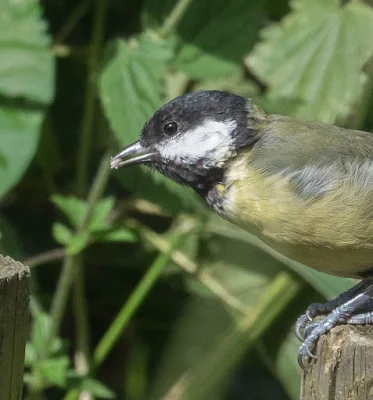The great hill on Broached Moor is now the Clitheroe Court Rolls During the early 1500 it became the subject of dispute when Sir John Towneley enclosed the area in order to connect Towneley and Hapton Estates, a move that annoyed local farmers who were permitted to use the land to graze their cattle free of charge.
In the fourteenth century, Crown Point road was used as an access road to the common and as a "salt way" connecting Rochdale, Burnley and Clithero. Later it become "liners-way" transporting limestone, coal and other goods.
It is believed that the name "Crown point" evolved from the time the British army recruited men from Burnley area to fight the French. They were paid sixpence a day. There was also conflict in Canada and America and the French sent military leaders to Canada (General Montcalm), the British Commanders were defeated. William Pitt, secretary of State, instigated an expedition against Quebec and enlisted General Wolfe under his command General Jeffery Amherst lead the attack against forts at Ticonderoga and Crown Point on Lake Champlain. It is this associated that is thought to lead to the naming of Crown Point, Burnley.
The Singing Ringing Tree is Burnley’s panopticon, one of a number of pieces of public art scattered around Pennine Lancashire. As defined by the dictionary a panopticon “is a structure, space or device providing a comprehensive or panoramic view.” This one at Crown Point certainly fits the bill. Designed by award winning architects Tonkin Lui it is constructed from galvanised steel tubes and shaped to suggest a windblown hawthorn tree. The pipes are tuned to produce a melodic hum when the wind catches them. It is a piece of art that deserves to be recognised in much the same way as Anthony Gormley’s “Angel of the North” and well worth visiting in its own right. It is a fascinating piece of artwork.
Sunday, 27 August 2017
Thursday, 24 August 2017
WWT Martin Mere
WWT Martin Mere is a wetland nature reserve managed by the Wildfowl and Wetlands Trust at Tarlscough, Burscough, Lancashire on the West Lancashire Coastal Plain, 6 miles from Ormskirk and 10 miles from Southport. It is a large reserve and I only wish I had arrived earlier as the light was not very bright and I had limited time before it closed. I liked the Grey ducks with the subtle green flash.
Sunday, 20 August 2017
Rain at Venus Pools
The Greylags took to the air and made for the fields emptying most of the pools and then returned with great gusto en mass. A rabbit appeared before the rain and the Heron unperturbed by the weather continues to fly about and fish. Several photographers shared the hide and local stories.
Saturday, 19 August 2017
Lake Vyrnwy
Lake Vyrnwy is a reservoir in Powys, Wales, built in the 1880s to supply Liverpool with fresh water. It flooded the head of the Vyrnwy valley and submerged the small village of Llanwddyn. There was a lot to explore and we ran out of time and did not have chance to get to the waterfall. Despite the showers we found plenty of small birds to photograph.
Friday, 18 August 2017
Scenes of Ludlow, Lyth Hill and Aquamere Reserve
It was market day in Ludlow and we discovered a gallery showing Martin Parr's work that had been exhibited at Somerset house.
The Aquamere reserve was very quiet although a Kingfisher flashed by landed for a short time and was gone before we had time to photograph it. It was windy and there were dark clouds that eventually brought rain. Ducks, Moorhens, Coots, Swans and Blue Tits were observed and of course the Kingfisher.

Subscribe to:
Comments (Atom)


































































